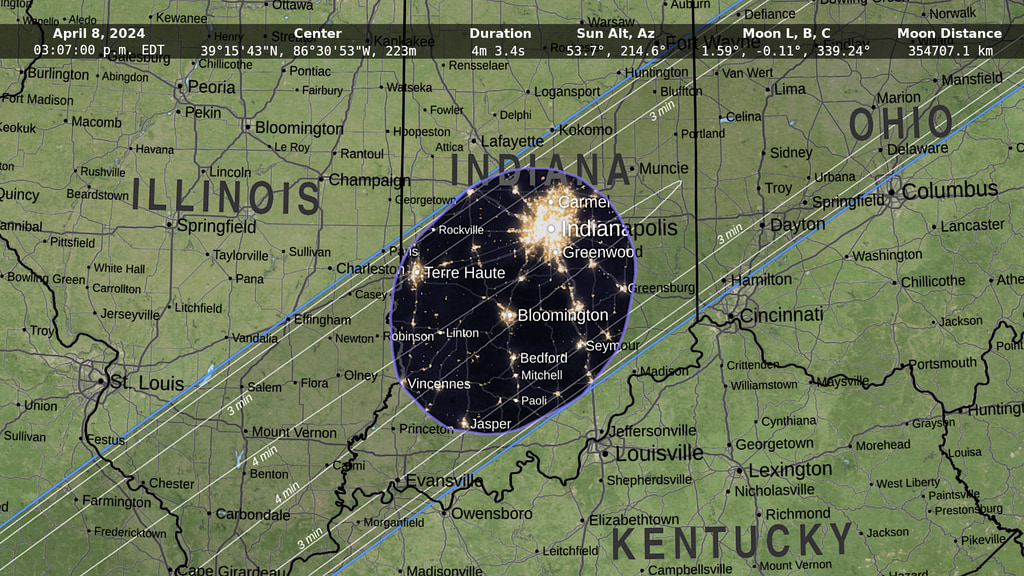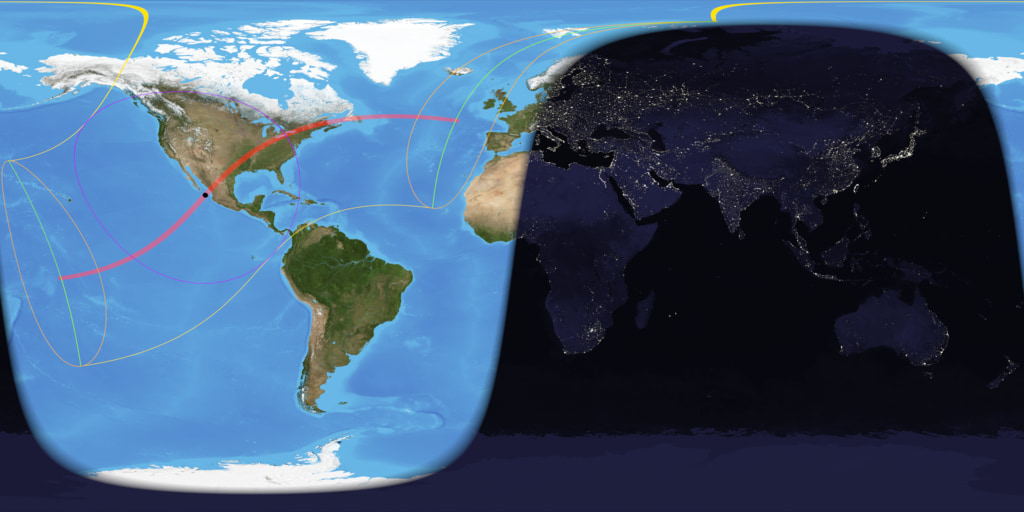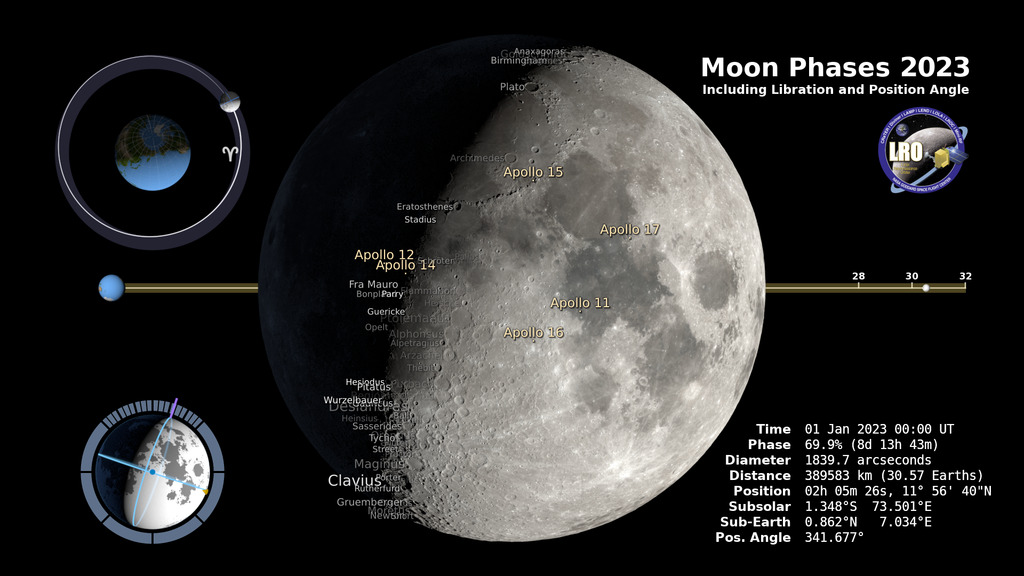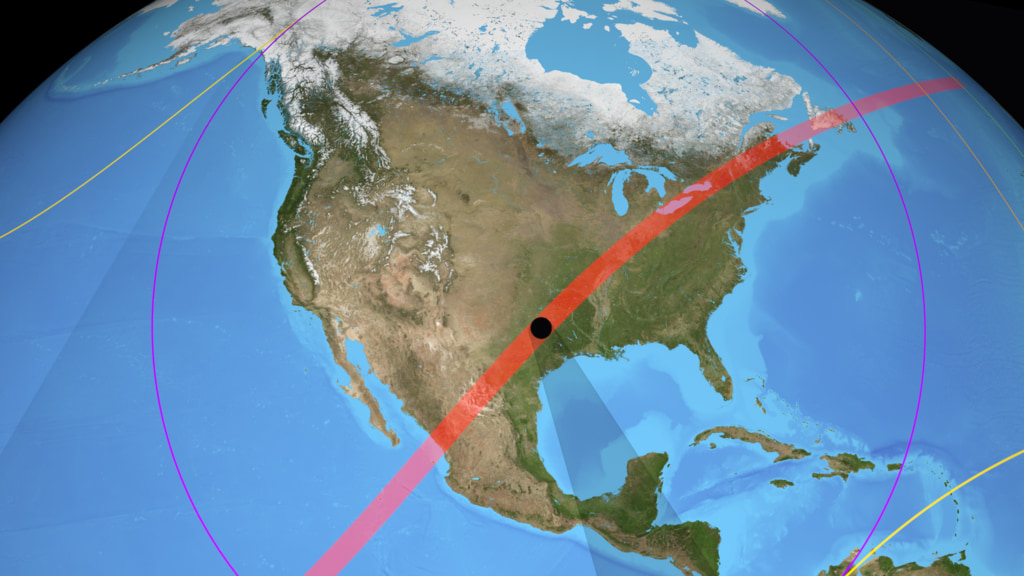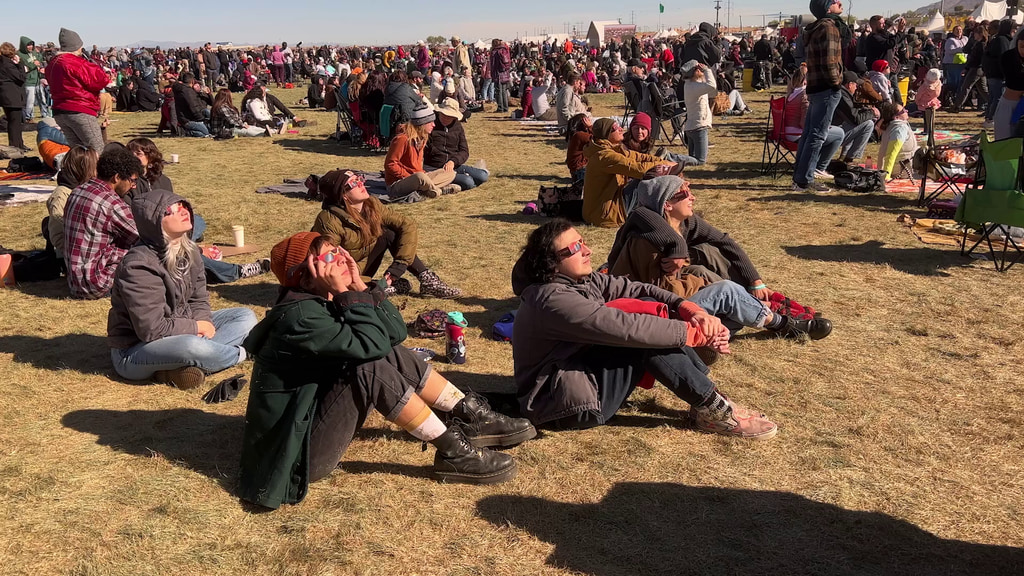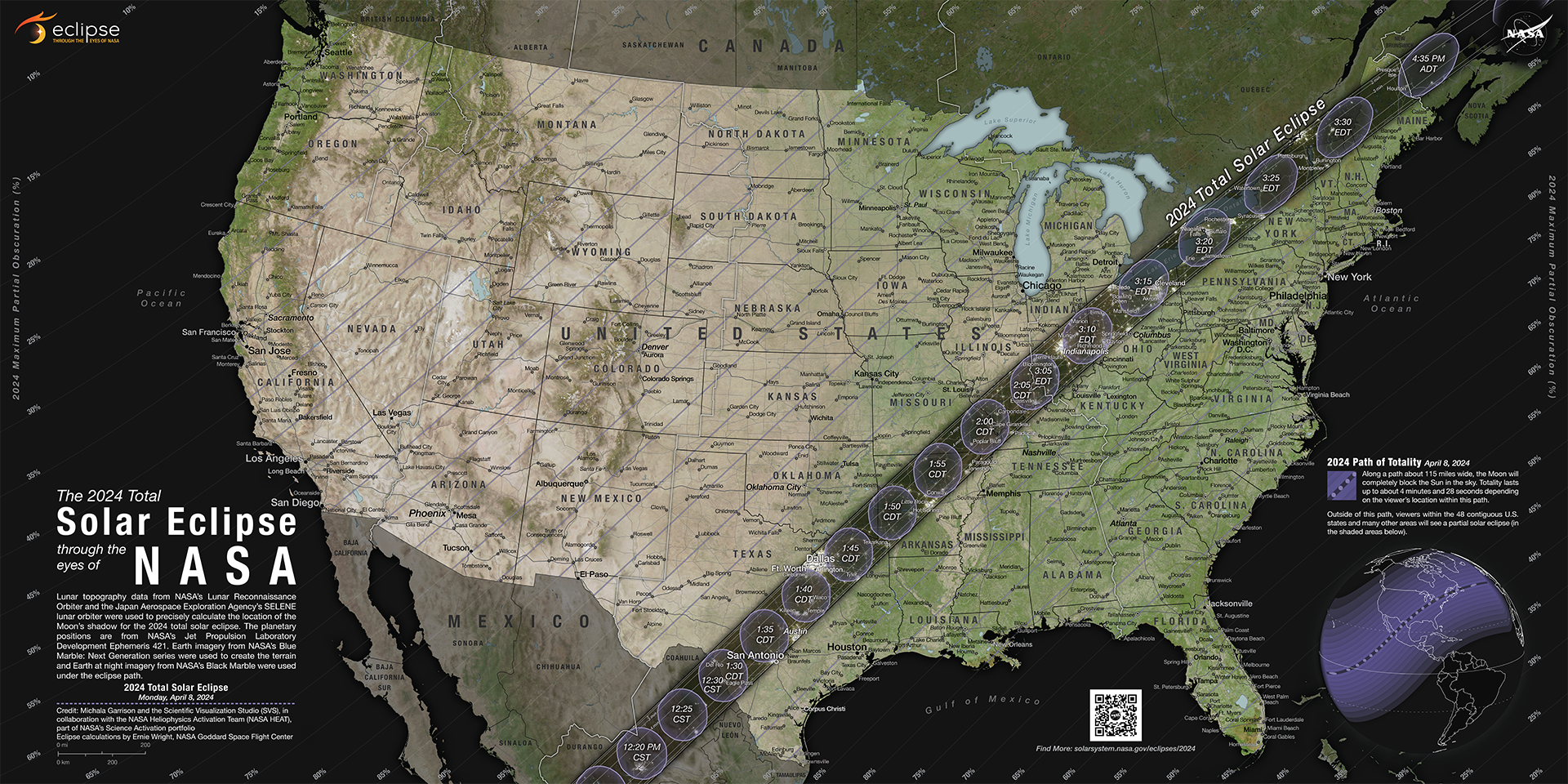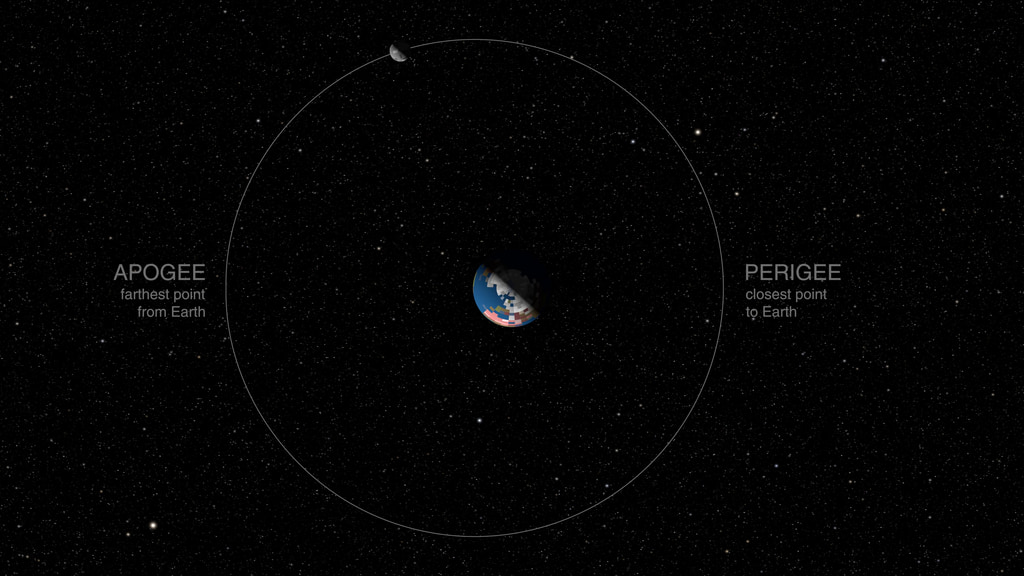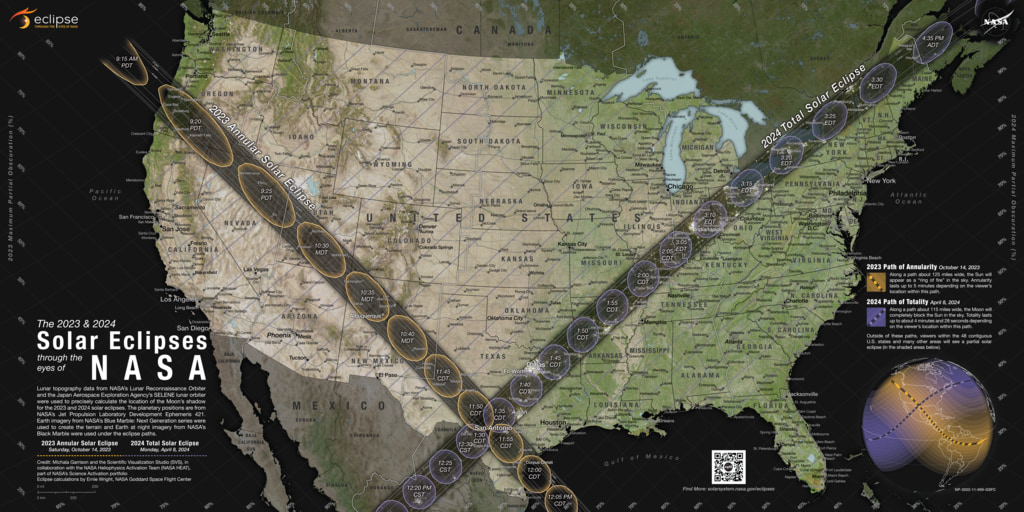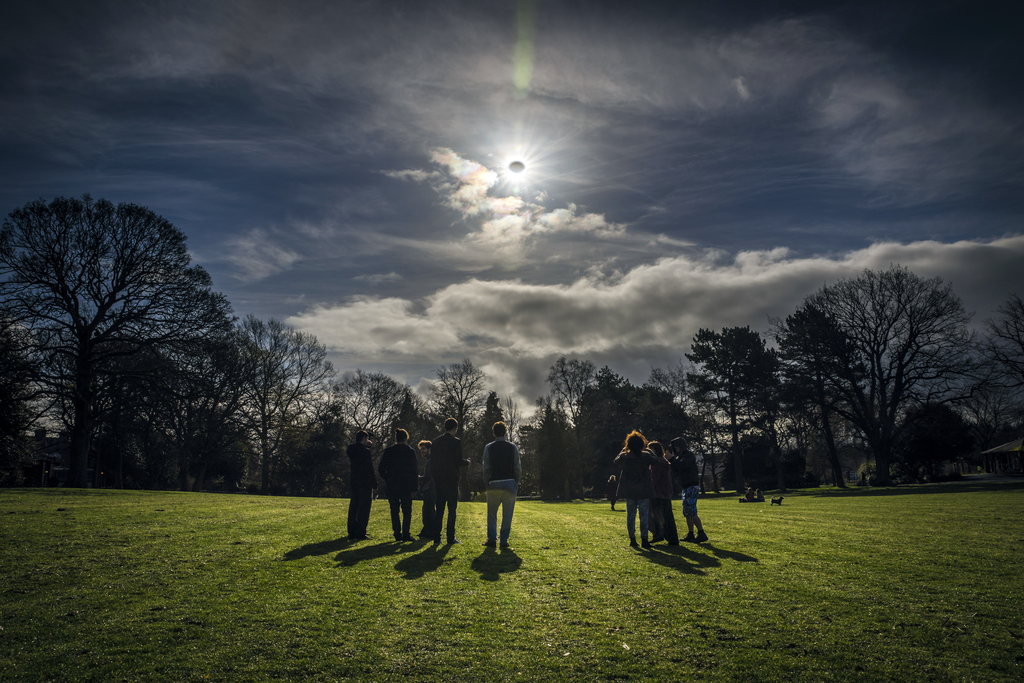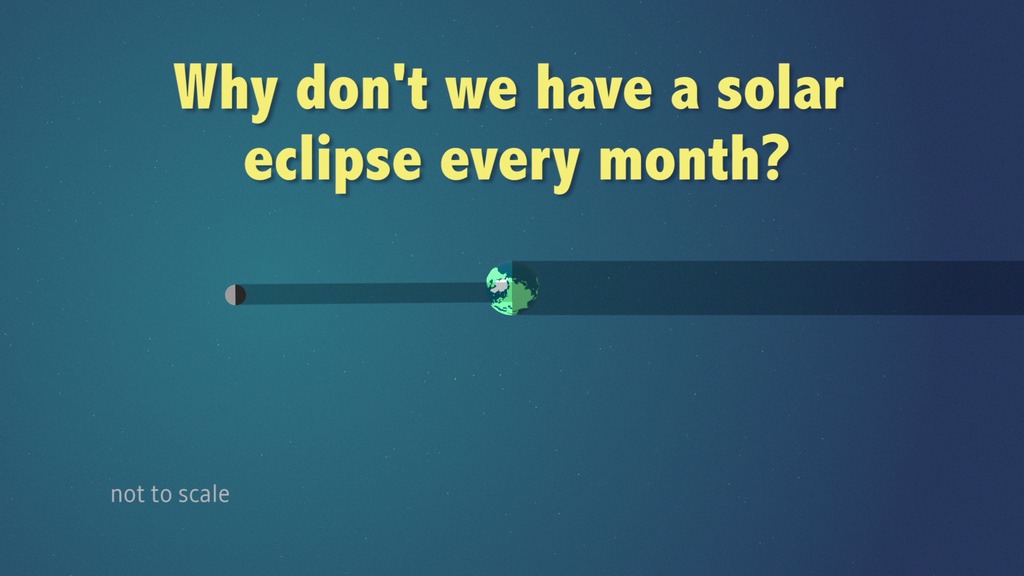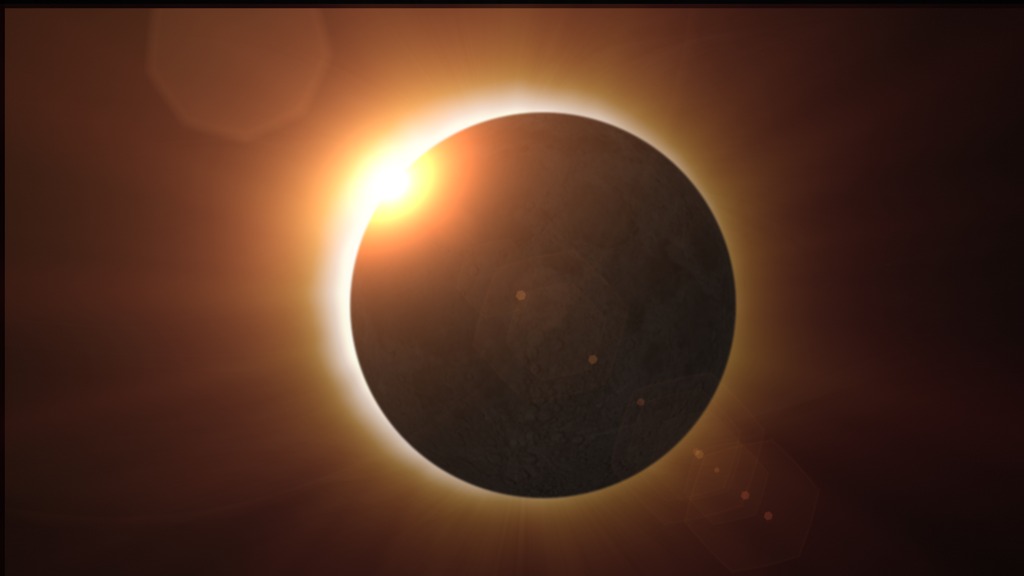The Countdown Is On For The Historic Solar Eclipse On April 8th That Will Sweep Across the U.S. Are You Ready for It?

Scroll down the page for the cut b-roll for the live shots and a canned interview available for easy download
Join a NASA expert on Wed., April 3, 2024, to learn how you can join the solar celebration before the April 8th total solar eclipse!
Catch history in the making on April 8, 2024, when a total solar eclipse sweeps across the continental United States. Solar eclipses happen somewhere in the world about every year and a half, but most of them aren’t in our own backyard. To have a total solar eclipse cross the U.S. is a special opportunity. More than 31 million people across 15 U.S. states stretching from Texas to Maine will have a front-row seat to experience the Moon covering the bright disk of the Sun, briefly turning day into night. Do not fret if you are outside the eclipse’s path of totality, though; you will still have a spectacular opportunity to watch a partial eclipse in your hometown. Get ready to grab those solar viewers, step outside, and soak in this rare experience! Another total solar eclipse won't cross the U.S. until 2045!
Join NASA in celebrating our star, the Sun, during the Heliophysics Big Year: an exciting year for the Sun, with two solar eclipses in the U.S., a record-breaking spacecraft approach to the Sun, and increased solar activity.
Live interviews are available Wed., April 3, 2024, from 6 a.m. - 1 p.m. EDT
Click here to request an interview: https://forms.gle/86Y4jjfLkq9SYx496
Requests sent via the above form will have scheduling priority.
Please do not email requests.
Additional video resource collection is available here: https://svs.gsfc.nasa.gov/gallery/2024total-solar-eclipse-gallery/
More information about the eclipse and NASA solar science here:
https://science.nasa.gov/eclipses/future-eclipses/eclipse-2024/ & http://go.nasa.gov/HelioBigYear
Suggested Anchor Intro:
We are just DAYS away from a historic celestial event, a total eclipse of the Sun. On April 8th more than 31 million people from Texas to Maine will be in the prime location to experience this Sun-tastic event. Even if you are outside of the path of totality you will still see a partial eclipse where the Moon will look like it’s taking a “bite” out of the Sun!
You’re not going to want to miss this. Joining us now is NASA expert xx to tell us more about this exciting experience.
Suggested Questions:
1. This eclipse is a major viewing event. [Stations choose their question: How can viewers who are in the path enjoy it? OR We’re not in the path of totality, but what can our viewers expect to see, weather permitting?]
2. We’ve been told to never look directly at the Sun. So how can our viewers safely view the solar eclipse and take photos of the eclipse?
3. What are you most excited about for this eclipse?
4. People across the U.S. were treated to a solar eclipse in 2017. How is this solar eclipse different from the one in 2017?
5. A total solar eclipse is the only time we can see the outer atmosphere of the Sun with our own eyes. What will scientists be looking for during this eclipse?
6. Where can our viewers go to join the fun in celebrating our star and prepare for the upcoming eclipse?
Questions for longer interviews:
1. Later this year, NASA’s Parker Solar Probe will make history when it flies closer to the Sun than any other spacecraft, through the corona that’s visible during the eclipse. Can you talk about this extraordinary mission?
2. People have known how to predict eclipses for thousands of years but a NASA mission has made those predictions even more precise in the past few years. Can you tell us about how scientists are using the Lunar Reconnaissance Orbiter to improve eclipse predictions?
3. Eclipses are actually a special type of transit. How are transits helping scientists search for life on other planets?
4. What are some ways our viewers can get involved with solar science during the total solar eclipse?
5. The Sun has thrown out some powerful bursts of radiation over the last couple of weeks. Can you talk about what it means that the Sun is becoming more active?
6. How did a picture of an eclipse in 1919 prove Einstein’s theory of relativity?
B-roll for Eclipse Live Shots.
Pre-recorded soundbites with Dr. Alex Young /NASA Solar Astrophysicist
TRT 11:25
SOTS are separated by slates with the following questions. Full transcript of his answers are available under the download button
1. This eclipse is a major viewing event. What can our viewers expect to see?
2. We’ve been told to never look directly at the Sun. So how can our viewers safely view the solar eclipse and take photos of the eclipse?
3. What are you most excited about for this eclipse?
4. A total solar eclipse is the only time we can see the outer atmosphere of the Sun with our own eyes. What will scientists be looking for during this eclipse?
5. The Sun has thrown out some powerful bursts of radiation over the last couple of weeks. Can you talk about what it means that the Sun is becoming more active?
6. Later this year, NASA’s Parker Solar Probe will make history when it flies closer to the Sun than any other spacecraft, through the corona that’s visible during the eclipse. Can you talk about this extraordinary mission?
7. People have known how to predict eclipses for thousands of years but a NASA mission has made those predictions even more precise in the past few years. Can you tell us about how scientists are using the Lunar Reconnaissance Orbiter to improve eclipse predictions?
8. Eclipses are actually a special type of transit. How are transits helping scientists search for life on other planets?
9. What are some ways our viewers can get involved with solar science during the total solar eclipse?
10. How did a picture of an eclipse in 1919 prove Einstein’s theory of relativity?
11. Where can our viewers go to join the fun in celebrating our star and prepare for the upcoming eclipse?
Pre-recorded soundbites with Dr. Nicholeen Viall
Mission Scientist for PUNCH
TRT 4:04
SOTS are separated by slates with the following questions on them. Full transcript of her answers is available under the download button
1. We’ve been told to never look directly at the Sun. So how can our viewers safely view the solar eclipse and take photos of the eclipse?
2. What are you most excited about for this eclipse?
3. People across the U.S. were treated to a solar eclipse in 2017. How is this solar eclipse different from the one in 2017?
4. A total solar eclipse is the only time we can see the outer atmosphere of the Sun with our own eyes. What will scientists be looking for during this eclipse?
5. Later this year, NASA’s Parker Solar Probe will make history when it flies closer to the Sun than any other spacecraft, through the corona that’s visible during the eclipse. Can you talk about this extraordinary mission?
6. The Sun has thrown out some powerful bursts of radiation over the last couple of weeks. Can you talk about what it means that the Sun is becoming more active?
7. Where can our viewers go to join the fun in celebrating our star and prepare for the upcoming eclipse?
For More Information
Credits
Please give credit for this item to:
NASA's Goddard Space Flight Center
-
Producers
- Michelle Handleman (KBR Wyle Services, LLC)
- Angel Kumari (NASA/GSFC)
-
Technical support
- Aaron E. Lepsch (ADNET Systems, Inc.)
Series
This page can be found in the following series:Release date
This page was originally published on Monday, March 25, 2024.
This page was last updated on Tuesday, April 2, 2024 at 8:49 PM EDT.

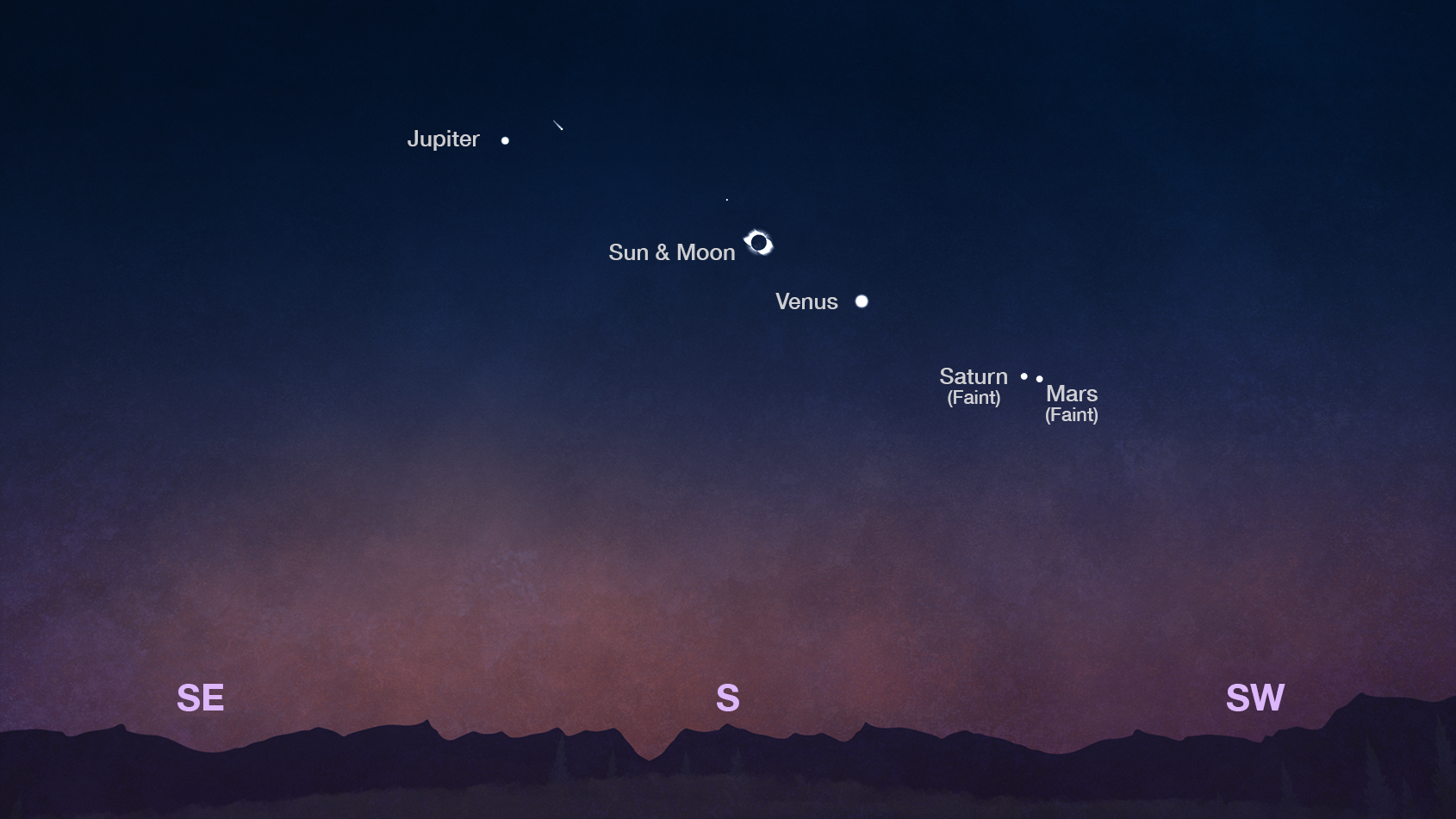
![Music Credit: “Corals Instrumental” by Marc Burh [GEMA], Marek Nichel [GEMA] via Universal Production MusicAdditional photographs and footage: Unsplash, Videvo](/vis/a010000/a014500/a014557/14557_EclipsePhotoTips_Thumbnail.png)
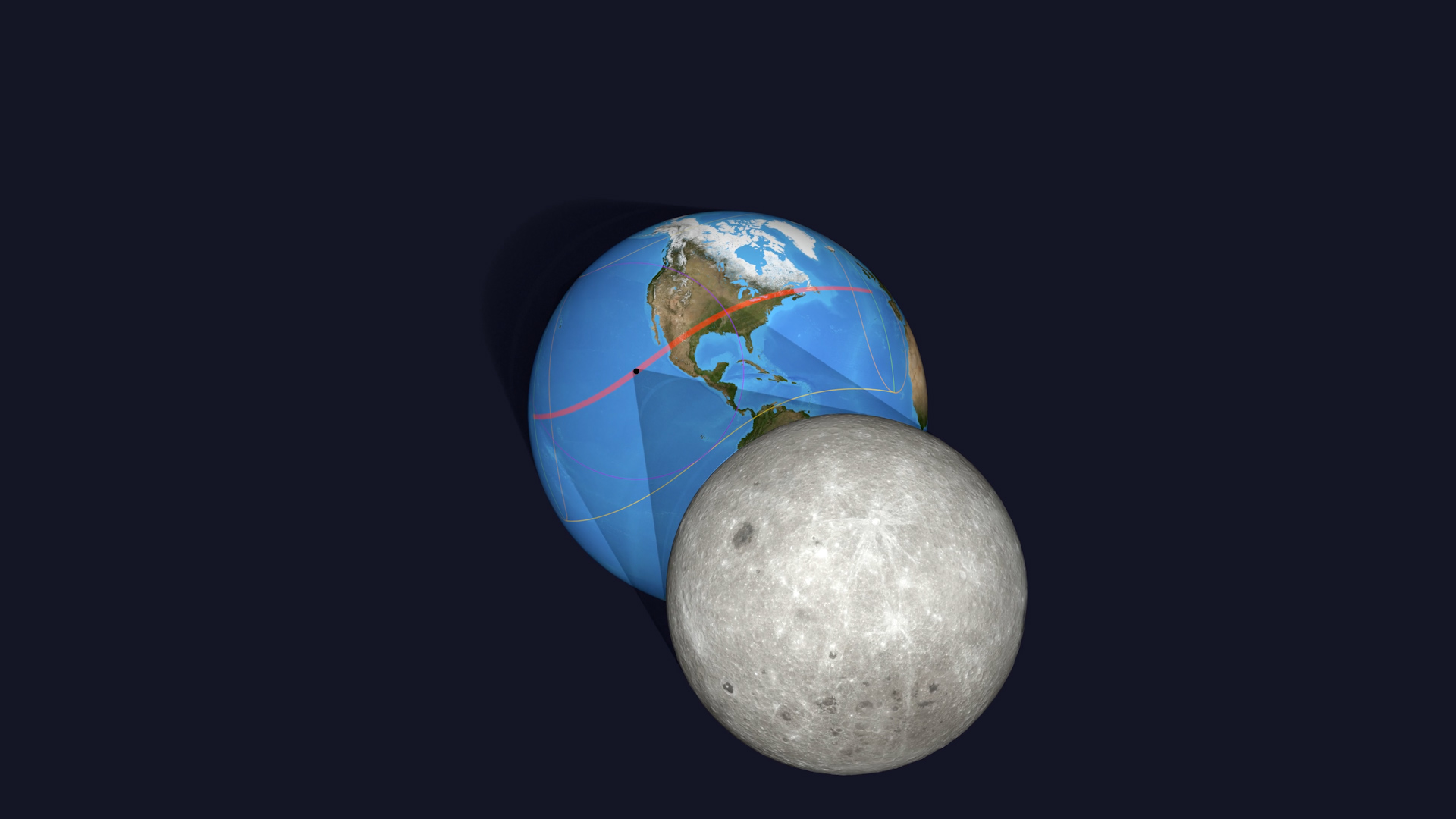
![Watch this video on the NASA Goddard YouTube channel.Complete transcript available.Music credit: "Back From The Brink" by Daniel Gunnar Louis Trachtenberg [PRS], “Hive Mind” by Ben De Vries [PRS] and Cam Tigre [PRS] from Universal Production MusicAdditional footage: NASA EDGESound effects: Pixabay](/vis/a010000/a014500/a014532/Thumbnail.jpg)
![Complete transcript available.Music Credit: “Just Vibing Instrumental” by Runone [PRS], Simon Richard Tew [PRS] via Universal Production Music](/vis/a010000/a014500/a014509/14509_EclipsePhases_YT.00060_print.jpg)
